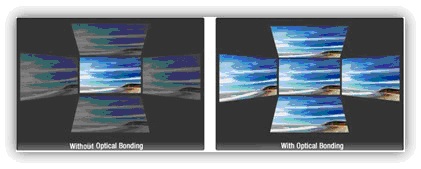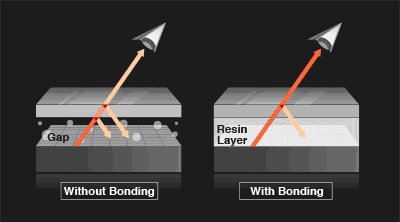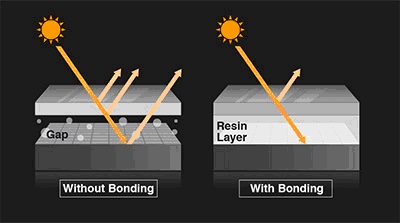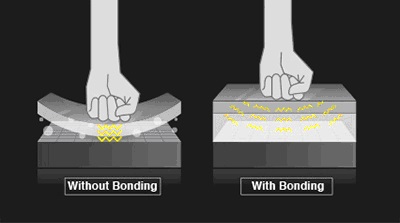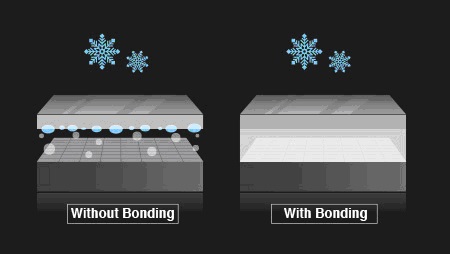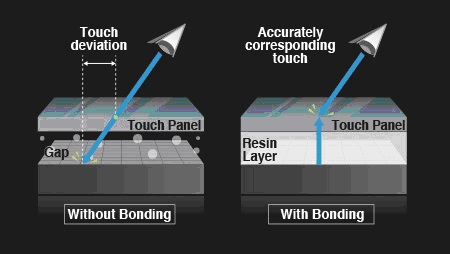Benefits of Optical Bonding For Outdoor Monitors
Optical bonding is a method in which it provides enhanced visibility and durability to LCD monitors. Between the LCD module and the cover glass or touch panel of a monitor is a tiny gap of air. In optical bonding, a layer of resin is applied to fill the gap, uniting the two together and filling the air gap. The process is laminating the cover glass or touch screens to the LCD cell. The assembly is cured in a process that attaches the panels together while solidifying the gel. With optical bonding, it decreases parallax issues, eliminating the gap that creates the illusion that pixels shift position depending on the line of sight. Optical bonding also increases the display’s range of viewing angles and delivers more accurate touch alignment in touch-based interactive systems.
The Benefits of Optical Bonding
Clear Display
When the images are displayed on a monitor, they are the reflections generated by light from the LCD module passing through the gap and the panel. The gap and panel have different refractive indexes; therefore it causes the light to bend when it passes through them. This leads to a loss in its intensity, affecting the screen’s readability. By affixing the LCD module and panel together with optical bonding, the transmission of light is amplified, improving the visibility of the display. Lessening internally reflected light loss increases display contrast and readability. This is functional when viewing a monitor with bright ambient lighting conditions.
Glare Reduction
When an external light source passes through the panel and the gap, refraction causes some of it to be reflected back, producing glare on the screen. The increased light transmission of a screen with optical bonding dramatically diminishes glare from external light sources. The reduced glare that optical bonding provides creates the best option when viewing a monitor outdoors or in environments with an intense direct light source.
Increased Physical Durability
The added resin layer in optical bonding contributes to the increase of physical durability to the screen. Eradicating the gap between the LCD module and the panel increases the screen’s resistance to scratches, dust, and liquids. It also improves resistance to shake and shock. This is ideal to use in the military, transportation setting, public access settings, factories, and harsh environments due to the high durability.
No Condensation
For environments in wide temperature ranges, it is probable for condensation, moisture, and dust to occur causing the screens to become foggy that penetrates the air gap. Since optical bonding fills the gap, it prevents condensation from happening for improved readability. This is optimal for ships and offshore structures, warehouses, aircraft, and other environments that encounter extreme temperature changes.
Accurate Touch Experience
Optical bonding significantly benefits applications. Any displays in outdoor environments or high ambient light conditions can see a drastic change. Applications such as in-vehicle displays and digital signage, defibrillators, marine displays, and in-flight entertainment systems are some examples in which will gain benefit from. Since optical bonding only alters the surface of the display and not the components, the operating temperature range is not affected.
For touch monitors, the panel thickness impacts touch accuracy and can alter usability with both touch pens and bare hands. A touch monitor with optical bonding sustains consistently perfect touch response constructing it easy to use and reliable.





